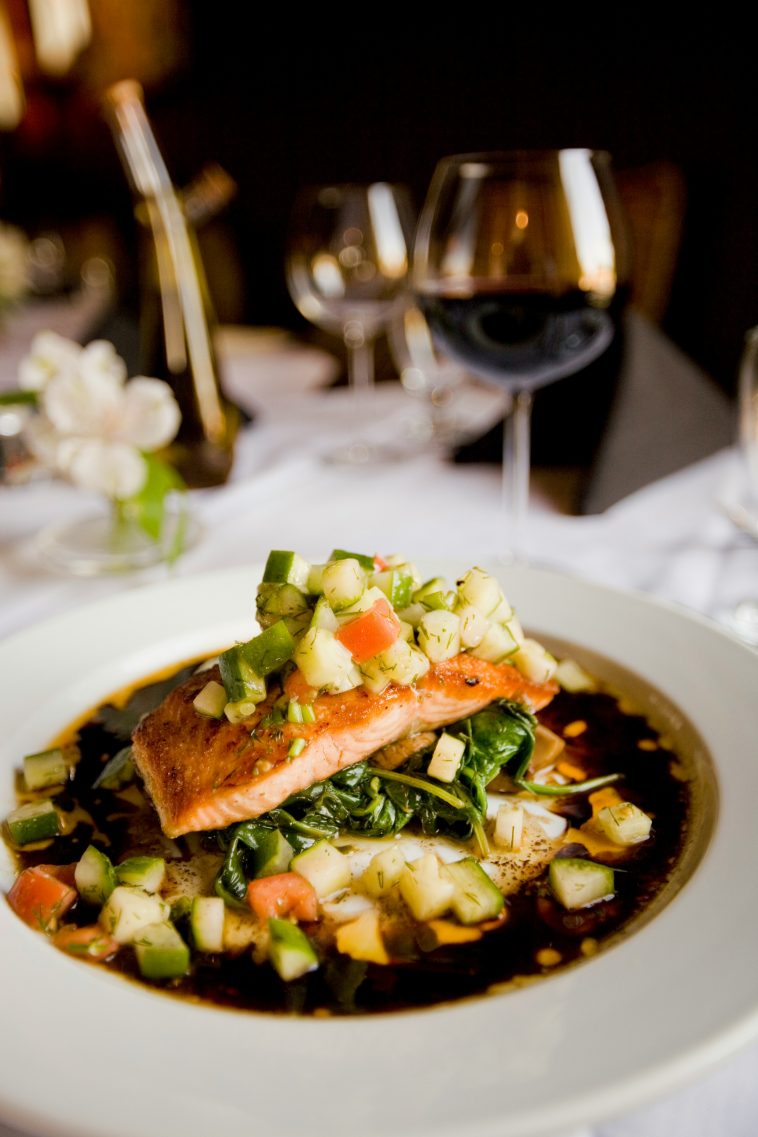Introduction:
Barbecue in America is more than just a method of cooking; it’s a cultural phenomenon deeply embedded in the nation’s history and identity. From the smoky pits of the South to the bustling barbecue joints of the Midwest, the aroma of slow-cooked meats and the camaraderie of communal dining are integral parts of the American experience. In this article, we embark on a culinary odyssey through time and tradition, exploring the rich tapestry of American barbecue and the diverse regional styles that define it.
Origins and Early Influences:
The roots of American barbecue can be traced back to indigenous cooking techniques practiced by Native American tribes, who slow-cooked meats over open flames for communal feasts and celebrations. European settlers adopted these methods, incorporating their own culinary traditions and ingredients to create the diverse barbecue landscape we know today.
Early barbecue pioneers, such as African American pitmasters and enslaved cooks, played a crucial role in shaping barbecue culture in the United States. Their expertise in smoking meats and mastery of seasoning blends laid the foundation for the rich tradition of American barbecue that continues to thrive today.
Regional Styles and Variations:
One of the most fascinating aspects of American barbecue is its regional diversity, with distinct styles and flavors emerging in different parts of the country. From the vinegary pulled pork of the Carolinas to the sweet and spicy ribs of Kansas City, each region has its own unique barbecue identity influenced by local ingredients, cultural heritage, and cooking techniques.
In Texas, barbecue is all about beef, with pitmasters specializing in slow-smoked brisket seasoned with simple salt and pepper rubs. Central Texas-style barbecue, popularized by legendary joints like Franklin Barbecue in Austin, emphasizes the purity of the meat and the quality of the smoke.

In the Carolinas, pork takes center stage, with whole hogs slow-roasted over wood coals and served with a variety of sauces ranging from tangy vinegar-based to mustard-based. Eastern North Carolina is known for its vinegar-pepper sauce, while Western North Carolina favors a sweeter tomato-based sauce.
Innovations and Contemporary Trends:
While rooted in tradition, American barbecue is also a dynamic and evolving culinary art form that embraces innovation and experimentation. Pitmasters and chefs across the country are constantly pushing the boundaries of barbecue, incorporating new techniques, flavors, and ingredients to create exciting new dishes and flavor combinations.
From the rise of “craft barbecue” joints focusing on high-quality, locally-sourced meats to the emergence of barbecue fusion cuisine blending traditional American barbecue with global flavors, the barbecue landscape is constantly evolving to reflect changing tastes and trends.
Cultural Significance and Community:
Beyond its culinary appeal, American barbecue holds deep cultural significance as a symbol of community, fellowship, and shared heritage. Barbecue joints and roadside stands serve as gathering places where people come together to enjoy good food and good company, forging bonds and creating memories that last a lifetime.
Barbecue competitions and festivals celebrate the art of smoking meats, bringing together enthusiasts from all walks of life to showcase their skills, share knowledge, and celebrate the rich tradition of American barbecue.
Conclusion:
American barbecue is a culinary journey through time and tradition, reflecting the diverse cultural influences and regional variations that make the United States a melting pot of flavors and culinary traditions. From its humble origins to its modern-day incarnation, barbecue continues to evolve and adapt, while remaining true to its roots as a celebration of food, community, and culture. As long as there are fires burning and meats smoking, the legacy of American barbecue will endure, delighting palates and bringing people together for generations to come.

